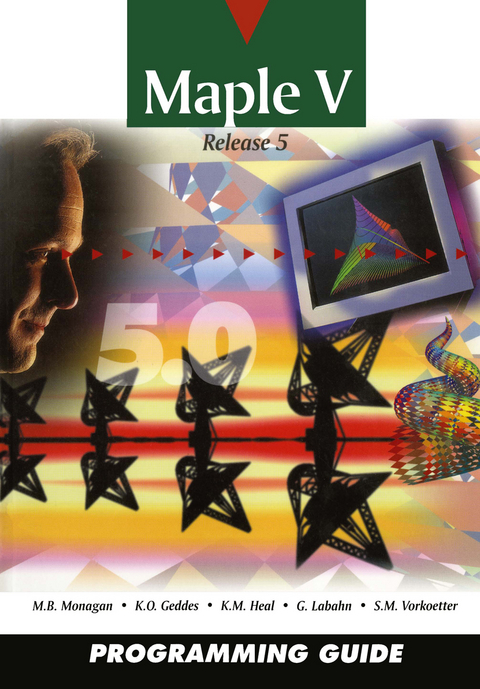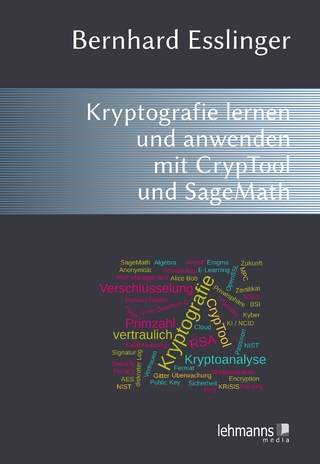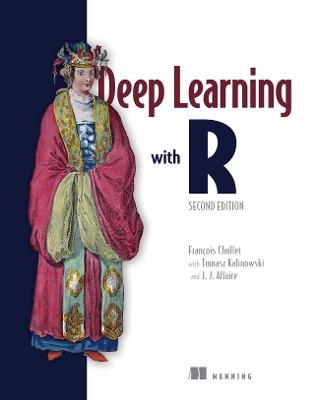
Maple V Programming Guide
Springer-Verlag New York Inc.
978-0-387-98398-1 (ISBN)
1. Introduction.- 1.1 Getting Started.- 1.2 Basic Programming Constructs.- 1.3 Basic Data Structures.- 1.4 Computing with Formulae.- 2. Fundamentals.- 2.1 Evaluation Rules.- 2.2 Nested Procedures.- 2.3 Types.- 2.4 Choosing a Data Structure: Connected Graphs.- 2.5 Remember Tables.- 2.6 Conclusion.- 3. Advanced Programming.- 3.1 Procedures Which Return Procedures.- 3.2 When Local Variables Leave Home.- 3.3 Interactive Input.- 3.4 Extending Maple.- 3.5 Writing Your Own Packages.- 3.6 Conclusion.- 4. The Maple Language.- 4.1 Language Elements.- 4.2 Escape Characters.- 4.3 Statements.- 4.4 Expressions.- 4.5 Useful Looping Constructs.- 4.6 Substitution.- 4.7 Conclusion.- 5. Procedures.- 5.1 Procedure Definitions.- 5.2 Parameter Passing.- 5.3 Local and Global Variables.- 5.4 Procedure Options and the Description Field.- 5.5 The Value Returned by a Procedure.- 5.6 The Procedure Object.- 5.7 Explorations.- 5.8 Conclusion.- 6. Debugging Maple Programs.- 6.1 A Tutorial Example.- 6.2 Invoking the Debugger.- 6.3 Examining and Changing the State of the System.- 6.4 Controlling Execution.- 6.5 Restrictions.- 7. Numerical Programming in Maple.- 7.1 The Basics of evalf.- 7.2 Hardware Floating-Point Numbers.- 7.3 Floating-Point Models in Maple.- 7.4 Extending the evalf Command.- 7.5 Using the Matlab Package.- 7.6 Conclusion.- 8. Programming with Maple Graphics.- 8.1 Basic Plot Functions.- 8.2 Programming with Plotting Library Functions.- 8.3 Maple’s Plotting Data Structures.- 8.4 Programming with Plot Data Structures.- 8.5 Programming with the plottools Package.- 8.6 Example: Vector Field Plots.- 8.7 Generating Grids of Points.- 8.8 Animation.- 8.9 Programming with Color.- 8.10 Conclusion.- 9. Input and Output.- 9.1 A Tutorial Example.- 9.2 File Types and Modes.- 9.3 File Descriptorsversus File Names.- 9.4 File Manipulation Commands.- 9.5 Input Commands.- 9.6 Output Commands.- 9.7 Conversion Commands.- 9.8 A Detailed Example.- 9.9 Notes to C Programmers.- 9.10 Conclusion.
| Mitarbeit |
Assistent: M.B. Monagan, K.O. Geddes, K.M. Heal, G. Labahn |
|---|---|
| Zusatzinfo | 42 Illustrations, black and white; XI, 379 p. 42 illus. |
| Verlagsort | New York, NY |
| Sprache | englisch |
| Maße | 170 x 244 mm |
| Themenwelt | Mathematik / Informatik ► Informatik ► Programmiersprachen / -werkzeuge |
| Informatik ► Theorie / Studium ► Algorithmen | |
| Mathematik / Informatik ► Mathematik ► Allgemeines / Lexika | |
| Mathematik / Informatik ► Mathematik ► Analysis | |
| Mathematik / Informatik ► Mathematik ► Angewandte Mathematik | |
| Mathematik / Informatik ► Mathematik ► Computerprogramme / Computeralgebra | |
| Mathematik / Informatik ► Mathematik ► Wahrscheinlichkeit / Kombinatorik | |
| ISBN-10 | 0-387-98398-8 / 0387983988 |
| ISBN-13 | 978-0-387-98398-1 / 9780387983981 |
| Zustand | Neuware |
| Informationen gemäß Produktsicherheitsverordnung (GPSR) | |
| Haben Sie eine Frage zum Produkt? |
aus dem Bereich


